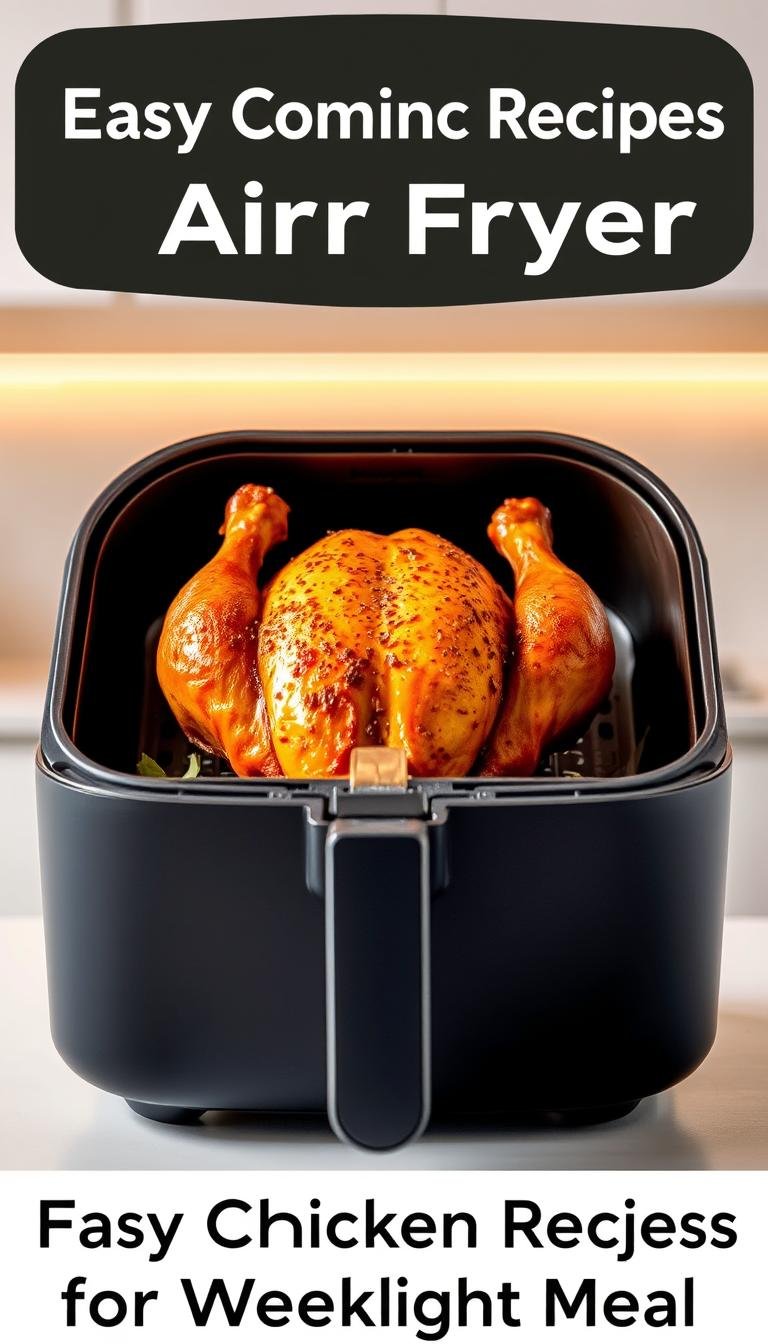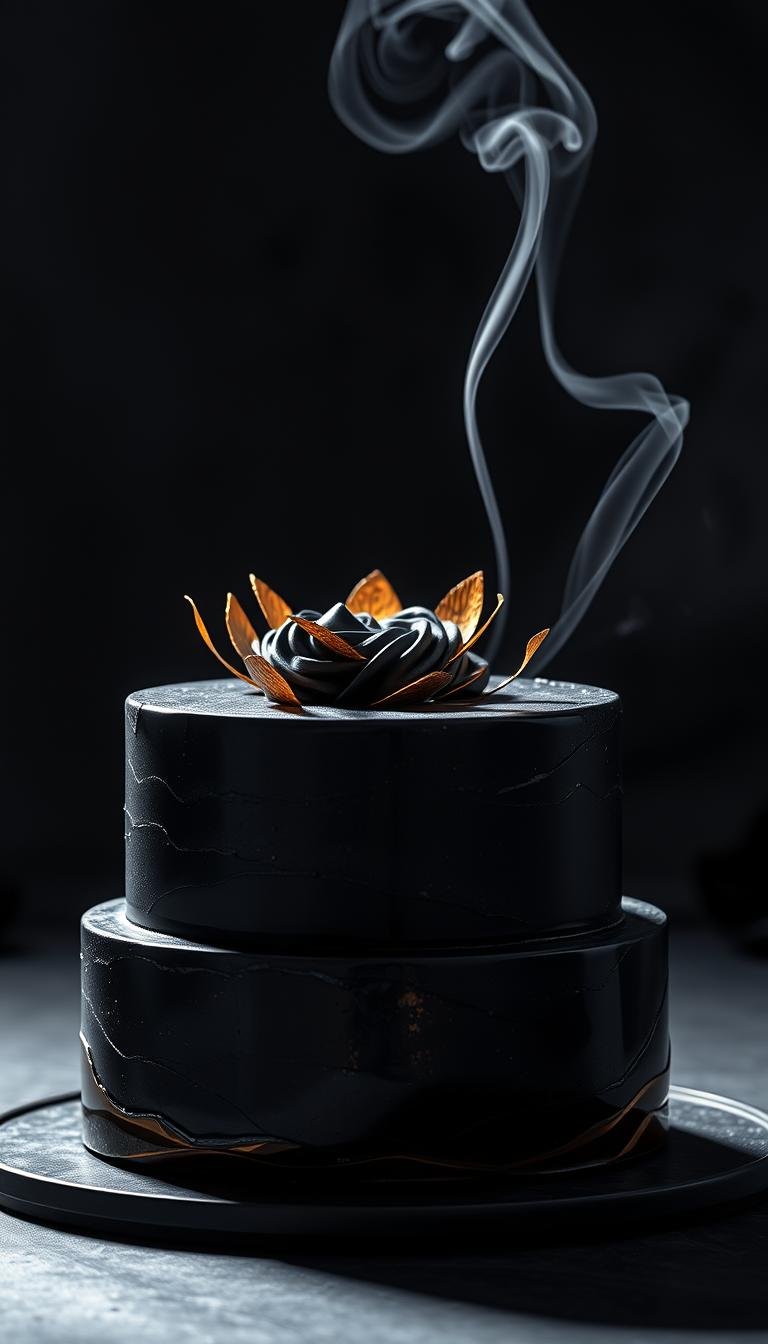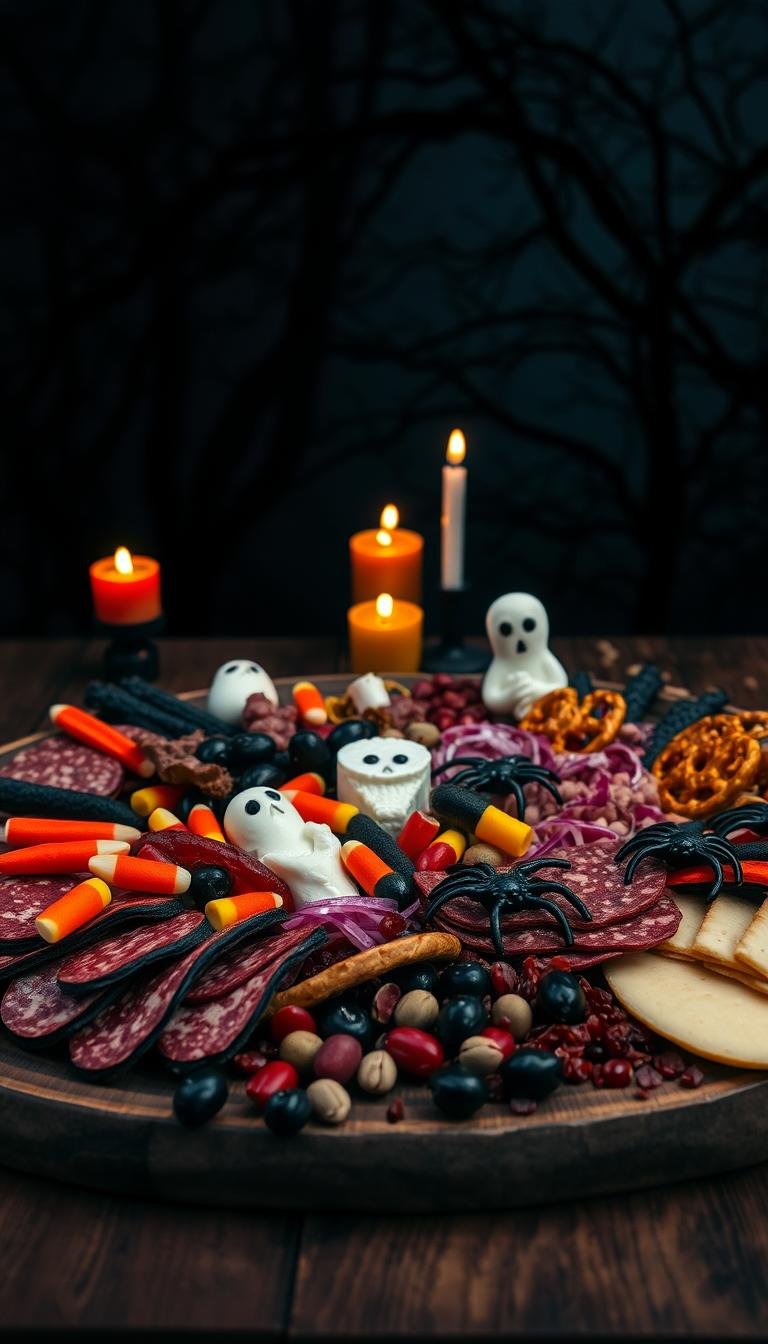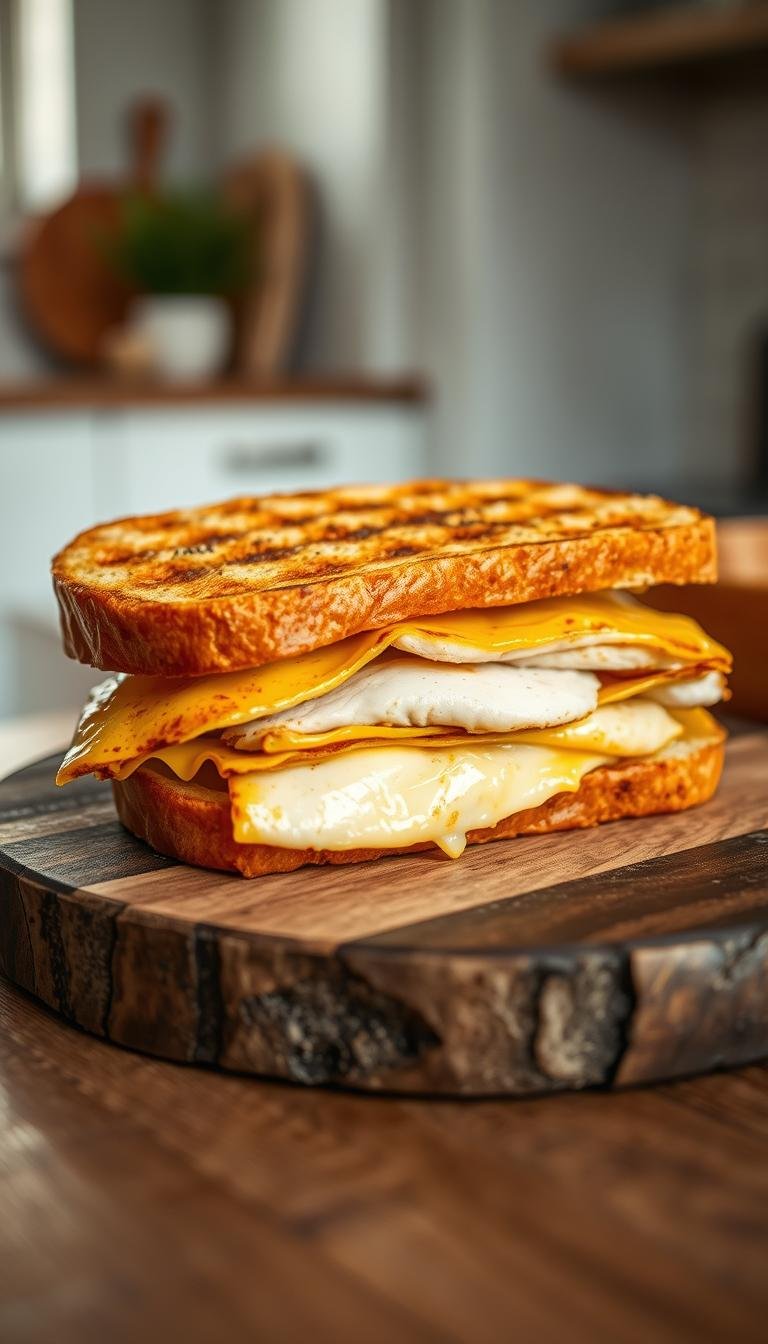Easy Chicken Recipes Air Fryer for Weeknight Meals
Surprising fact: thin slices of boneless breasts can reach a safe internal temp in as little as 10–13 minutes at 415°F, cutting dinner time dramatically.
This guide shows a fast, reliable method that gives juicy protein and crisp edges with minimal hands-on time. Thin-slicing boosts surface area for spices like paprika, garlic, oregano, salt, and a touch of brown sugar. A dusting of cornstarch helps create a savory-sweet crust that browns quickly.
Preheat the unit, arrange pieces in a single layer, and flip when needed for even color. Whole breasts cook at 370°F for about 14–18 minutes; pull at 160°F and let rest to reach 165°F. Use an instant-read thermometer, avoid overcrowding, and add quick vegetables at the halfway mark.
Meal prep friendly: store cooked meat up to three days in the fridge or freeze for three months. Reheat on the stovetop with a splash of water or broth to keep it moist. These steps make this method a true weeknight workhorse for bowls, salads, tacos, and simple dinners.
Key Takeaways
- Thin slices cook fast at high heat, about 10–13 minutes, for juicy results.
- Preheat and cook in a single layer for best crisping and even color.
- Use an instant-read thermometer; pull at 160°F and rest to 165°F.
- Simple pantry spices and a bit of cornstarch add extra crunch.
- Store safely: fridge up to 3 days, freezer up to 3 months; reheat with liquid.
- Avoid overcrowding and add vegetables midway for a complete meal.
Why this air fryer chicken breast recipe wins on busy weeknights
Weeknight wins come from a method that cooks fast, browns well, and needs almost no babysitting.
Speed: Thin slices finish in about 10 minutes at a high 415°F setting for crisp edges and juicy centers. Whole breasts cook at 370°F and usually reach 160°F in 14–18 minutes; let them rest to 165°F for safe, tender results.
Reliability: A quick seasoning paste or dry rub, a preheated basket, and a flip halfway give even color without guesswork. Use an instant-read thermometer to adjust cook minutes rather than changing the whole method.
“Preheat for an instant sizzle—then check temperature, rest briefly, and plate with confidence.”
Juiciness without brining: Thin slicing and fast, concentrated heat lock in moisture so you can skip long prep. The concentrated airflow mimics a pan-sear with less mess and less monitoring.
| Goal | Thin pieces | Whole breasts |
|---|---|---|
| Temp | 415°F | 370°F |
| Typical minutes | 10–13 | 14–18 |
| Finish | Cook to 165°F | Pull at 160°F, rest to 165°F |
| Notes | Add 1–2 minutes if unit caps at 400°F | Flip halfway for even browning |
- One base method, many flavor profiles—great for bowls, salads, or quick pasta.
- Minimal cleanup: one bowl for coating and an easy-wipe basket.
- Rest before slicing to keep juices locked in when plating fast.
Simple ingredients and tools for juicy, flavorful chicken
Start smart: select firm, boneless skinless breasts and slice each into three or four flat pieces. Thin slicing speeds cook time and gives more surface for seasoning to cling.
Chicken basics
Choose skinless chicken breasts that are even in thickness. Pat each piece dry before you season to help spices stick and to encourage browning.
Spice mix essentials
Mix paprika, a touch of smoked paprika if you like, garlic powder, onion powder, oregano, and salt. Add a little brown sugar for caramelization and one teaspoon of cornstarch when you want extra crisp edges.
Toss spices with a drizzle of avocado or olive oil just before cooking so the blend forms a light paste that coats every surface.
Tools that help
Must-haves: an air fryer and an instant-read thermometer. Use a medium bowl and a pair of tongs to keep prep clean and fast.
- Preheat the basket so pieces sizzle on contact.
- Arrange flats in a single layer on the basket or grate; work in batches to avoid steaming.
- Keep the thermometer handy and pull at 165°F for safe, juicy results.
Step-by-step: from prep to plate in minutes
Flattening each breast into thin portions shortens cook time and increases surface for seasoning. This simple move speeds up cooking and gives more crisp edges in less time.
Slice thin for maximum surface area and tenderness
Start by halving or slicing large chicken breasts into three or four flat pieces. Aim for even thickness so each piece finishes at the same time.
Coat in oil and spices for an even, flavorful crust
Combine your spice blend in a bowl, then add a drizzle of oil and toss until every piece is coated. This creates a light paste that browns quickly and sticks to the meat.
Air fry in a single layer, don’t overcrowd, flip when needed
- Preheat the air fryer to about 400–415°F so the basket is hot on contact.
- Place flats in a single layer in the air fryer basket with gaps for airflow; overcrowding causes steaming.
- Cook thin pieces about 10 minutes, add up to 3 more minutes for larger cuts; flip chicken halfway if your model browns unevenly.
Rest and check internal temperature for perfect doneness
Use an instant-read thermometer and target 165°F for thin pieces. Let the meat rest briefly before slicing to keep juices locked in.
“Preheat, single-layer spacing, and a quick flip are the small steps that make the biggest difference.”
Quick tip: If your unit caps at 400°F, add 1–2 minutes and watch color and temp closely. Work in batches to keep a hot basket and consistent results for every plate.
Best chicken recipes air fryer timing and temperature guide
Timing and temperature are the two controls that turn a simple breast into a reliably juicy weeknight meal.
Thin-sliced pieces: preheat to 415°F and cook about 10 minutes, extending to 13 minutes for thicker cuts. Verify a 165°F internal temperature before serving.
Whole breasts: set 370°F, cook 10 minutes, flip, then add 4–8 more minutes. Pull at 160°F and tent for 5 minutes so carryover reaches 165°F. Size chart: small (5–7 oz) ≈ 14 minutes, medium (8–9 oz) ≈ 16 minutes, large (10+ oz) ≈ 18 minutes.
Model-by-model tweaks
Preheating improves browning and shortens cooking time. If your unit caps at 400°F, add 1–2 minutes to thin-sliced timings and monitor color and temp.
- Use a thermometer, not just the clock; aim for the correct internal temperature.
- Keep pieces in a single layer with gaps for airflow to avoid pale crusts.
- Flip whole breasts halfway; thin pieces may not need flipping depending on your model.
“Prioritize the thermometer over the timer—small temp checks save texture.”
Seasoning variations to keep dinner exciting
A few smart seasoning swaps keep weeknight dinners fresh without adding time. These mixes are built to brown well and pair easily with quick sides.
Smoky-sweet paprika blend: start with paprika, add a pinch of smoked paprika, garlic powder, onion powder, oregano, and salt. Mix in a small spoon of brown sugar to boost caramelization without sweetness that overwhelms. Toss with a little oil into a paste that clings to thin pieces for even browning.
Herby and savory swaps: use Italian seasoning for pasta or salads. Choose Cajun seasoning when you want a bolder, peppery edge. Scale salt to the batch size so every piece is well seasoned.
Shortcuts and crisp tricks: a bottled rotisserie seasoning saves time—combine it with cornstarch right before cooking to add extra-crisp edges. If you marinate dry spices up to 24 hours, add cornstarch only moments before placing the pieces in the air fryer to avoid clumps.
“Two paprikas—regular for color, smoked for nuance—give depth without extra steps.”
Serving ideas and quick sides that pair perfectly
Transform hot, sliced breasts into bowls, tacos, or pasta plates with just a few quick sides. This approach keeps weeknight dinner simple and flexible.
Bowls, salads, tacos, pasta, and grain ideas you’ll actually use
Build hearty bowls with rice or quinoa, sliced chicken, crisp veg, and a bright sauce like Peruvian green or lemony yogurt. Add pepitas or pistachios for crunch.
Toss into salads — chop and add to a kale Caesar or roasted peanut kale salad for a high-protein, fresh plate.
Speedy tacos come together with warm tortillas, slaw, avocado, and a drizzle of creamy gochujang mayo or white BBQ.
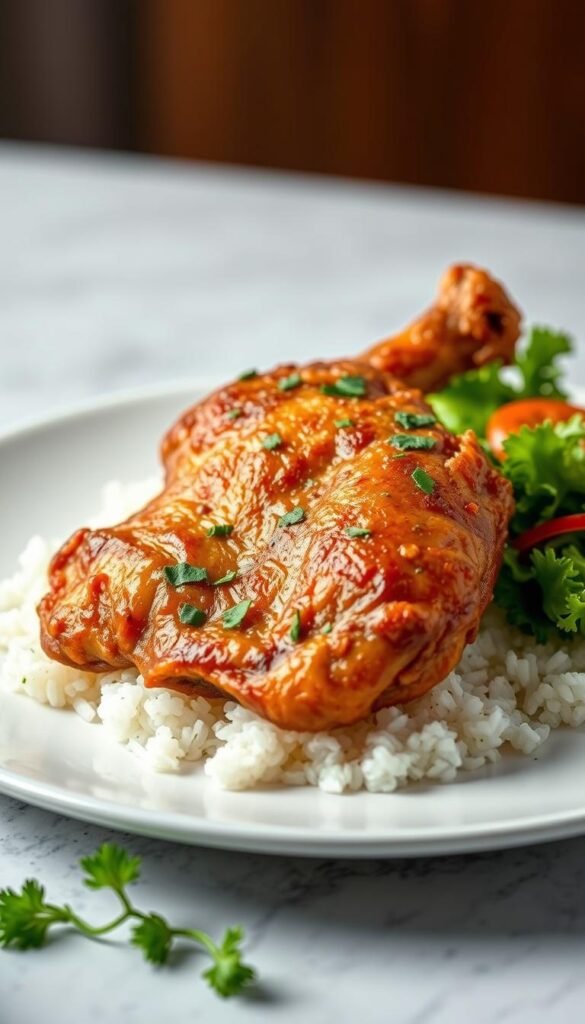
“Use the resting time to whisk a quick sauce — it turns simple slices into a standout meal.”
Air fryer veggies and quick finishing moves
Add broccoli, Brussels sprouts, red peppers, or zucchini to the basket at the chicken’s halfway point so veg roast while protein finishes.
- Keep sides simple: green salad, air-fried green beans, or quick asparagus.
- Pair with pasta like creamy kale pasta or mushroom gnocchi for a comforting combo.
- Serve family-style on a board with dipping sauces so everyone customizes bowls or tacos.
| Use | Best side | When to add |
|---|---|---|
| Bowl | Quinoa, pepitas, Peruvian green | Assemble after resting |
| Salad | Kale Caesar, roasted peanuts | Toss chilled greens, top with sliced protein |
| Tacos | Slaw, avocado, gochujang mayo | Fill tortillas before serving |
| Tray meal | Broccoli or Brussels sprouts | Add to air fryer basket at 50% time |
Smart storage, reheating, and make-ahead meal prep
A little planning after cooking turns tonight’s dinner into effortless lunches for days. Cool slices quickly, then seal portions for fast meals all week.
Fridge and freezer guidelines for the United States home cook
Cool and store: Place sliced pieces in airtight containers and refrigerate within two hours. Keep in the fridge for up to 3 days. For longer holds, wrap tight and freeze up to 3 months, labeling with the date.
Best reheating methods for juicy results
Reheat gently on the stovetop in a small skillet with a splash of water or broth. Cover to trap steam and prevent dryness. Avoid high-power microwave cycles; if you use one, warm in short bursts with a drop of liquid and a cover.
Batch cooking for three days of lunches and dinners
Batch-cook 2–3 pounds, season blends differently, and portion into containers with varied sides. Slice before chilling to speed cooling and portioning. When reheating from frozen, thaw overnight in the fridge or rewarm gently covered with broth until steaming hot.
“Reheat slowly and cover—the small steam trick keeps texture intact.”
Troubleshooting: avoid dry or undercooked chicken
Fixing texture problems usually comes down to thickness, timing, and temperature checks. A quick routine prevents toughness and raw centers.
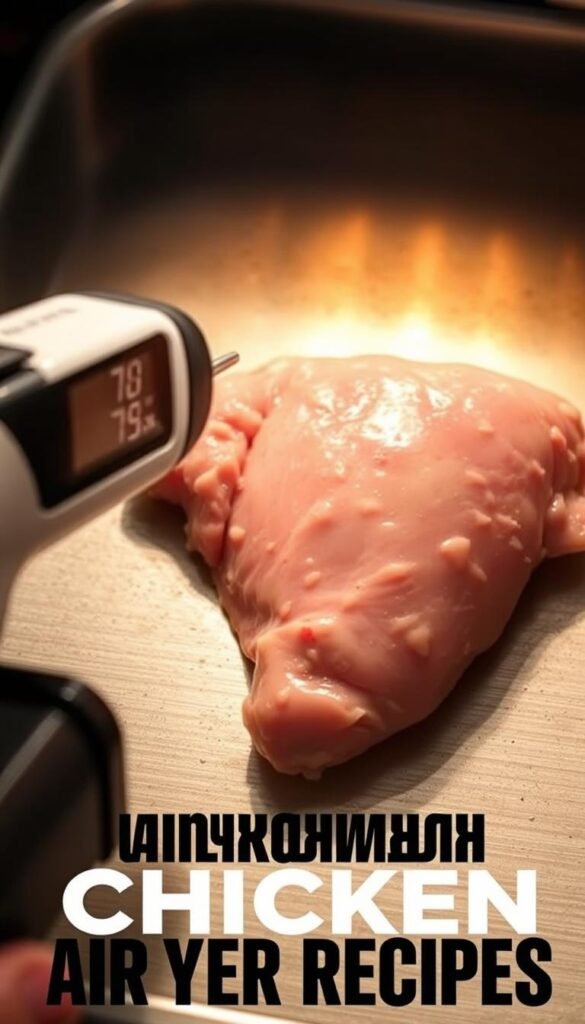
Dry or tough? Adjust thickness, timing, and resting
Slice thinner next time and cut total cooking time by 1–2 minutes. Shorter pieces finish faster and stay juicier.
Pull whole breasts at about 160°F and tent loosely for 5 minutes; carryover raises them to 165°F and preserves juices.
Undercooked centers? Use a thermometer and size-based timing
For thin pieces, target 165°F at the center at the end of the cycle. If a piece is underdone, return it to the basket for 2–3 minutes and recheck the internal temperature.
- Flip chicken halfway for even browning, especially with hotter top elements.
- Spread pieces in a single layer to avoid steaming and pale crusts.
- Reduce sugar or salt if the crust darkens too fast before the center cooks.
- Preheat consistently and keep a thermometer handy for spot checks.
- Record the time and degrees that work for your model so future batches match.
| Issue | Quick fix | When to check |
|---|---|---|
| Tough meat | Slice thinner, cut 1–2 min | After recommended cooking time |
| Undercooked center | Return 2–3 min, recheck temp | At end of cycle |
| Pale crust | Avoid overcrowding, preheat | Before and halfway through cooking |
Nutrition snapshot and dietary notes
A quick nutrition glance helps you fit this method into daily plans.
A typical seasoned, air fryer chicken breast serving provides about 48g protein with modest fat that varies by oil and portion size. Dry-rub methods avoid breading and keep carbs near zero.
Manage fat by using a light brush of avocado or olive oil—just enough for spice adhesion. For keto and Whole30, favor herb-forward blends with paprika, garlic, oregano, and salt and skip brown sugar.
Adjust sodium based on salt type: table salt measures saltier by volume than some kosher salts like Diamond Crystal, so scale amounts to taste and dietary needs.
“Spice blends add flavor with almost no calories—perfect when you’re tracking macros.”
Practical pointers
- High-protein, low-carb profile when you skip breading.
- Control fat by limiting oil and choosing heart-healthy options.
- Omit sugar for strict plans; add a pinch only if browning matters and carbs allow.
- Pair with non-starchy sides—air-fried vegetables or leafy salads—to keep meals balanced.
| Metric | Typical value per serving | Notes |
|---|---|---|
| Protein | ≈48 g | High-protein; great for satiety |
| Fat | Modest (varies) | Use minimal olive or avocado oil to control grams |
| Carbs | ≈0–2 g | Dry rub keeps carbs near zero; skip sugar for keto/Whole30 |
| Sodium | Variable | Scale salt to type: table salt > Diamond Crystal by volume |
Conclusion
This method turns weeknight prep into a reliable, speedy routine that delivers juicy meat and crisp edges.
Recap: thin-slicing increases surface area for spices and speeds cooking, while whole breasts do best at about 370°F with a flip and a short rest. Preheat the air fryer basket, cook in a single layer, and avoid overcrowding for even color.
Use an instant thermometer to check internal temperature — pull whole pieces at 160°F to rest or finish thin pieces to 165°F. Season freely: smoky-sweet paprika, Italian herbs, or bold Cajun work. A light brush of oil helps spices stick; cornstarch adds extra crisp when used right before cooking.
Timing: thin pieces ≈10–13 minutes; whole breasts ≈14–18 minutes. Store cooked meat up to 3 days or freeze for 3 months. Reheat gently on the stove with a splash of liquid. Try bowls, salads, tacos, or pasta to stretch one reliable recipe into many dinners. Confident, repeatable, and easy to scale.
